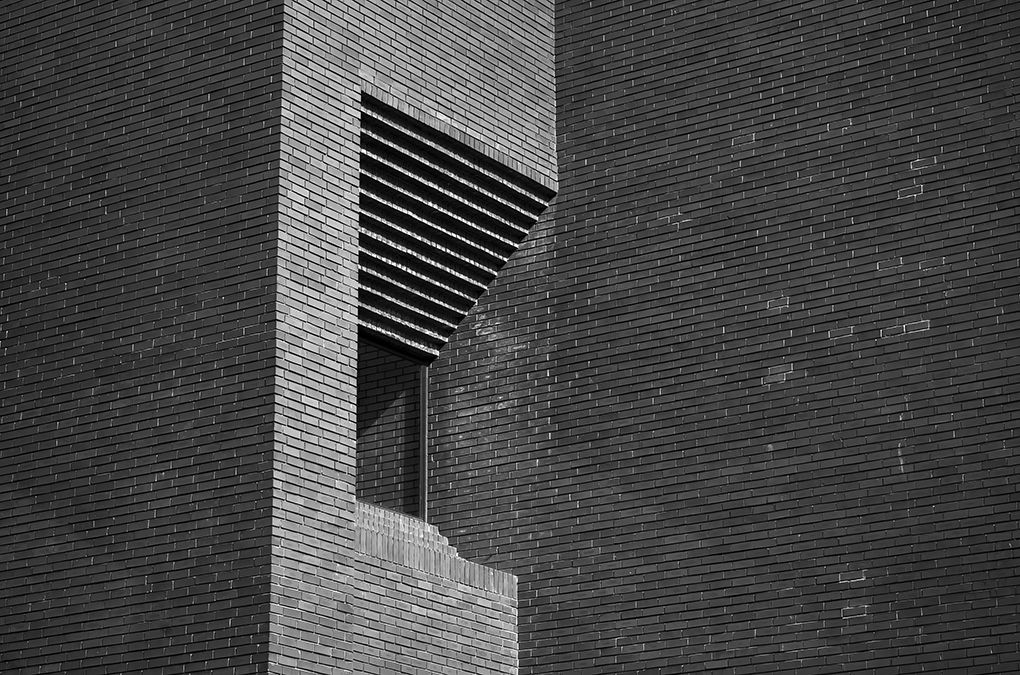You may not always love who lives there, but 10 Downing Street is an iconic building we all recognise on the country's most famous cul-de-sac. It is a key part of British history and one of the most important political buildings anywhere in the world.
It has served as the home and office of British Prime Ministers since 1735, including Sir Robert Walpole, Pitt the Younger, David Lloyd George, Winston Churchill, Margaret Thatcher, and Sir Keir Starmer. Important decisions affecting Britain have been made here for over 290 years.
It's one of the most important political buildings in the world. While it's famous for its black door and columns in the cabinet room, the building’s dark brickwork also stands out.
Need inspiration?A gift from the King
The building we know as 10 Downing Street wasn’t always the official residence of the Prime Minister.
In 1654, Sir George Downing leased the land near St James’s Park. He built a row of Georgian townhouses there, employing Sir Christopher Wren to design the houses (he also designed St Paul's Cathedral), with the first one built between 1682 and 1684. Number 10 was originally number 5.
Over the years, the buildings changed hands many times. Eventually, in 1735, King George II gave the property to Robert Walpole, the First Lord of the Treasury, who is often called the first Prime Minister of Great Britain. He insisted that it should be the official residence of the Prime Minister, but it took a while for that idea to fully take hold.
During the renovation, it was discovered that the original bricks were yellow. Over time, pollution and smog had turned them black
An unpopular residence
The buildings were built quickly and cheaply on poor foundations, which led to many problems. They weren’t in good condition, and their small size didn’t suit the needs of the Prime Minister. For many years, the building was unpopular with leaders who preferred to live in larger homes.
In 1763, 21 years after Walpole moved out, the building was again used as the official residence of the First Lord. By the time Benjamin Disraeli arrived in 1868, it hadn’t been lived in for 30 years. It wasn’t until 1902 that the building became fully recognised as the official residence of the Prime Minister.
DIY SOS
The building needed a lot of work over the years. By the mid-20th century, it was in major disrepair. In 1960, under Prime Minister Harold Macmillan, renovations began.
The foundations were made of rubble and rotting timber, which caused dry rot and insect damage. Many walls were unsafe, and some parts of the building were off-limits because of the risk of collapse.
In 1973, after ten years of work, the building was considered fully renovated.
During the renovation, it was discovered that the original bricks were yellow. Over time, pollution and smog had turned them black. To keep the original look, the bricks were cleaned and painted black. So, while the bricks may look dark blue, they are actually painted.

Skills on show
The façade of 10 Downing Street uses a special technique called tuckpointing. This is where the mortar joints are painted to make them look smaller, creating a thin line between the bricks.
Tuckpointing is rare and requires a lot of skill, and it's mostly found in British architecture. It’s a big part of the building’s impressive look.
Fun facts
Here are some interesting facts about 10 Downing Street:
⦿ The letterbox is just for show. After an IRA bomb attack in 1991, the original letterbox was replaced with a fake one.
⦿ The door handle doesn’t work. The door opens automatically when someone approaches, as it’s monitored at all times.
⦿ The Prime Minister doesn’t always live there. Since the days of Prime Minister Tony Blair, who lived at a larger flat nearby, most leaders have followed this choice.
Living history
10 Downing Street is the official residence and office of the UK Prime Minister. It's located in Westminster, London, and has been the home of Prime Minister Sir Keir Starmer since 2024.
The building has been around for over 300 years. It is made up of about 100 rooms, including the Prime Minister's private residence on the third floor and offices on the other levels. The building also has a garden and a terrace overlooking a half-acre plot.
Although it was offered to Robert Walpole in 1732, the building wasn’t always used by Prime Ministers because of its poor condition. It was even considered for demolition at times but survived. By the 1980s, it became an iconic symbol of British government, as Prime Minister Margaret Thatcher called it “one of the most precious jewels in the national heritage.”
Get the look with Brickhunter
If you’re inspired by the Georgian townhouse style, our free Brick Selection service can help you choose the right bricks.
We also offer a Brick Matching service to blend perfectly with your home. If you want to browse, we have over 4,200 products in our Brick Library.
Our expert advisors are ready to help with your project and can help you find the best price and arrange delivery too!





